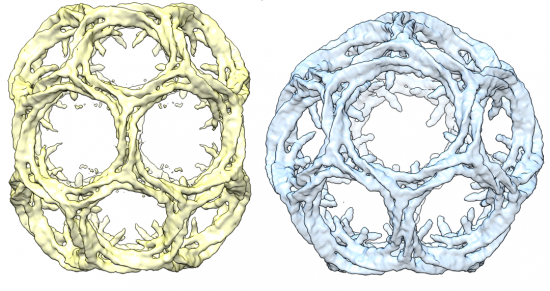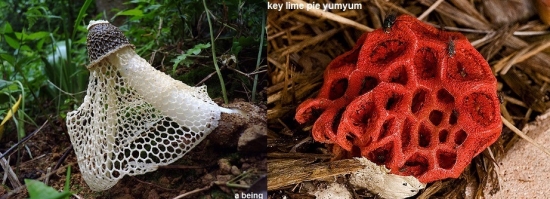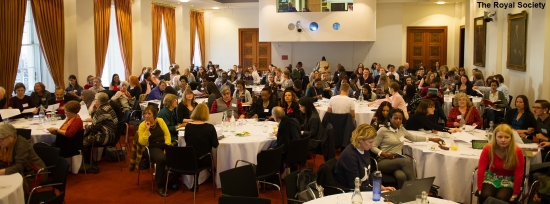Guest author Ian Street looks at the two occasions when the Royal Institution’s Christmas Lectures focused on plant science

Inspiring future generations through science has been a key component of the Royal Institution and its annual Christmas Lectures – started by Michael Faraday in 1825. There have been two plant science Christmas lectures: one given by John Lindley in 1833 and the other given by Sue Hartley in 2009.
John Lindley was was an eminent botanist and one of the men responsible for setting Kew Gardens on a solid foundation. A professor at University College London, he headed what is now the Royal Horticultural Society and was the first botanist to present a Christmas Lecture. In 1837, when Queen Victoria’s reign began, he was the botanist who classified and described the Victoria amazonica (named Victoria regia by Lindley), a giant water lily. A little over a decade later, Joseph Paxton would get the aquatic lily to bloom in England in one of his innovative glass house designs. Read more






 Smartphones have become a pivotal tool in all aspects of our lives, impacting the way we communicate with one another and revolutionising the way in which we shop and bank. But what could be the impact of smartphones on healthcare? Smartphones are the perfect tool for monitoring an individual’s health because we carry them around with us everywhere we go, and so we can easily measure how symptoms fluctuate throughout the day. What if smartphones could be used as health monitoring tools to detect the early symptoms of a disease?
Smartphones have become a pivotal tool in all aspects of our lives, impacting the way we communicate with one another and revolutionising the way in which we shop and bank. But what could be the impact of smartphones on healthcare? Smartphones are the perfect tool for monitoring an individual’s health because we carry them around with us everywhere we go, and so we can easily measure how symptoms fluctuate throughout the day. What if smartphones could be used as health monitoring tools to detect the early symptoms of a disease? We know that our meals change over time; we are now offered a range of dishes far greater than at any time in history. For tonight’s challenge of creating a ‘future menu’, I thought, let’s not look too far ahead. In a few decades time dining will not have changed in the way it looks and tastes – but perhaps the way it’s produced.
We know that our meals change over time; we are now offered a range of dishes far greater than at any time in history. For tonight’s challenge of creating a ‘future menu’, I thought, let’s not look too far ahead. In a few decades time dining will not have changed in the way it looks and tastes – but perhaps the way it’s produced. 

 This week is
This week is 